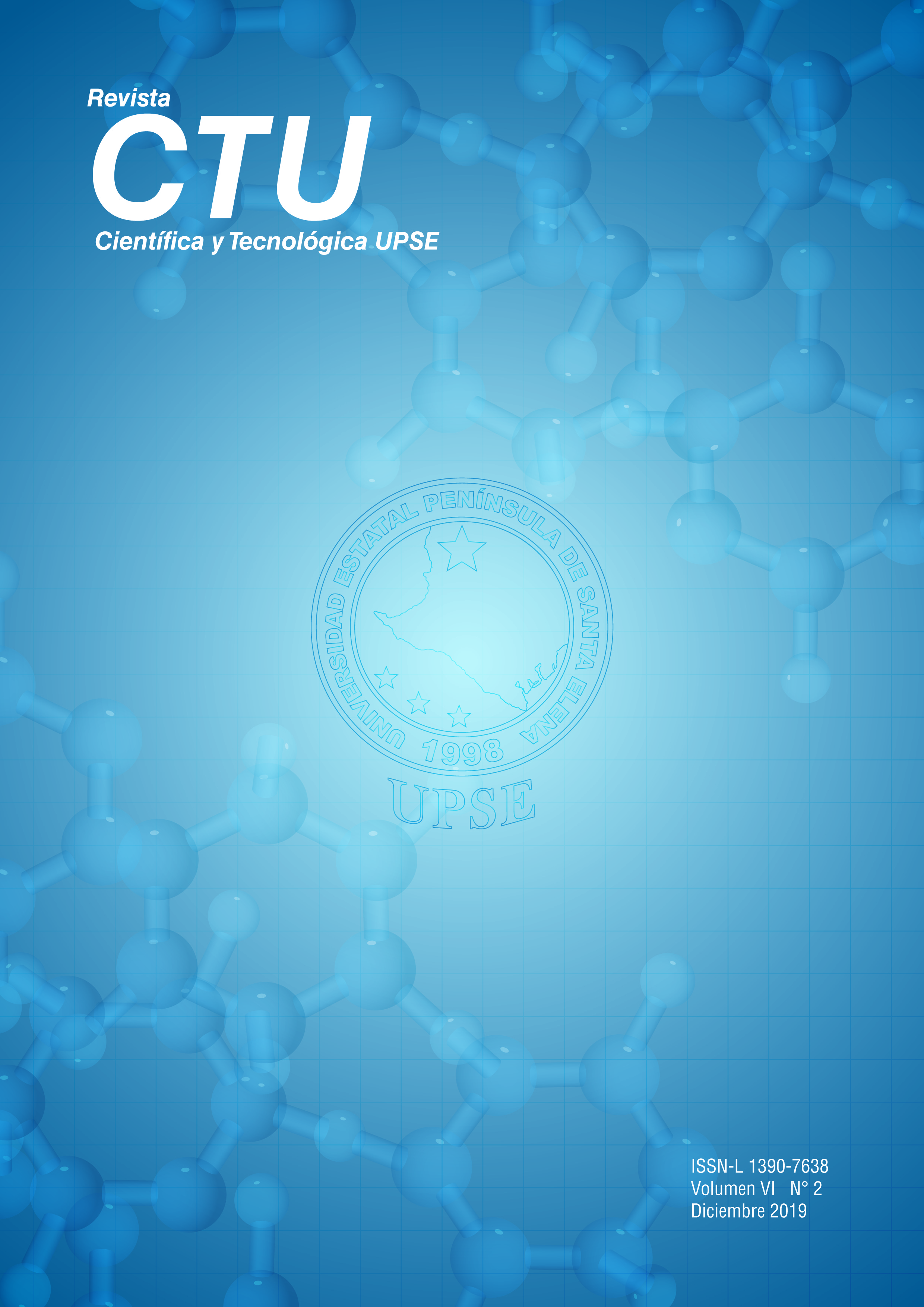Sostenibilidad, carta de presentación del desarrollo turístico rural
DOI:
https://doi.org/10.26423/rctu.v6i2.433Palabras clave:
sostenibilidad, desarrollo, turismo ruralResumen
El trabajo busca explorar el concepto de sostenibilidad desde lo que se podría llamar emergencia planetaria, donde las generaciones futuras serán las perjudicadas si la humanidad actual no reacciona a tiempo y continúa en su empeño por acabar con los recursos, de ahí que el alcance del estudio persigue la reflexión sobre la sostenibilidad de “Nuestro Futuro Común”. De otro lado, se abordan algunos hitos que han contribuido al ámbito del desarrollo, las cumbres realizadas hasta llegar a la creación de los Objetivos de Desarrollo del Milenio (ODM) en el 2000 y luego a conseguir metas más amplias con los 17 Objetivos de Desarrollo Sostenible (ODS) en 2015, y su relación entre tres ODS con el turismo rural. Junto a los tres pilares del desarrollo sostenible: económico, social y ambiental, se hace mención a un cuarto: La Cultura, con lo cual, se efectúa un recorrido por las dos Cumbres de Cultura que se han realizado y con miras a una tercera a efectuarse el presente año, todas ellas basadas en el tema de la sostenibilidad. Entre los principales resultados se pueden mencionar que parte de las acciones encaminadas a alcanzar el desarrollo sostenible tiene que ver con la tecnología y el cumplimiento de metas de los tres pilares y la cultura, adicionalmente, la utilidad de indicadores como: huella ecológica, índice de desarrollo humano y el indicador de sostenibilidad ambiental. Finalmente, se habla de un desarrollo: de la gente, para la gente y por la gente, donde deberían conjugarse en igualdad de condiciones los tres pilares más la cultura, sin embargo, aún no logran articularse de manera integral.
Descargas
Referencias
Macedo, B. El concepto de Sostenibilidad. Oficina Regional de Educación para América Latina y el Caribe. Santiago. 2005. UNESCO. Report. No. OREALC/2005/PI/H/12.
Comisión Mundial del Medio Ambiente y del Desarrollo. 1988. Nuestro Futuro Común Madrid. Alianza.
Bybee R. Planet Earth in crisis: how should science educators respond? The American Biology Teacher; 1991. 53 (3), 146-153.
Objetivos de Desarrollo Sostenible [Internet] 2018. Recuperado a partir de: http://www.undp.org/content/undp/es/home/sustainable-development-goals.htm
Objetivos de Desarrollo Sostenible [Internet] 2018. Recuperado a partir de: http://www.undp.org/content/undp/es/home/sustainable-development-goals.html
Objetivos de Desarrollo Sostenible [Internet] 2018. Recuperado a partir de: http://www.undp.org/content/undp/es/home/sustainable-development-goals.html
Gómez, C. El desarrollo sostenible: Conceptos básicos, alcance y criterios para su evaluación. Capítulo III. p. 91-111.[Internet] Recuperado a partir de: http://www.unesco.org/new/fileadmin/MULTIMEDIA/FIELD/Havana/pdf/Cap3.pdf
Gómez, C. El desarrollo sostenible: Conceptos básicos, alcance y criterios para su evaluación. Capítulo III. p. 91-111. [Internet] Recuperado a partir de: http://www.unesco.org/new/fileadmin/MULTIMEDIA/FIELD/Havana/pdf/Cap3.pdf
Ecointeligencia. ¿Qué es la huella ecológica? [Internet]; 2011 [citado 09 de enero de 2019]. Recuperado a partir de: https://www.ecointeligencia.com/2011/03/que-es-la-huella-ecologica/
Programa de Naciones Unidas para el Desarrollo. Índice de Desarrollo Humano. [Internet]; 2011 [citado 09 de enero de 2019]. Recuperado a partir de: http://desarrollohumano.org.gt/desarrollo-humano/calculo-de-idh/
Quiroga, R. Comisión Económica para América Latina y el Caribe. Indicadores de sostenibilidad ambiental y de desarrollo sostenible: estado del arte y perspectivas. Santiago de Chile [Internet]; 2011. Manual 16 [citado 09 de enero de 2019]. Recuperado a partir de: https://repositorio.cepal.org/bitstream/handle/11362/5570/S0110817_es.pdf;jsessionid=BC5C1B68E2EE26CCEBCF706BFA1B0801?sequence=1
Publicado
Número
Sección
Licencia
El titular de los derechos de autor de la obra, otorga derechos de uso a los lectores mediante la licencia Creative Commons Atribución-NoComercial-CompartirIgual 4.0 Internacional. Esto permite el acceso gratuito inmediato a la obra y permite a cualquier usuario leer, descargar, copiar, distribuir, imprimir, buscar o vincular a los textos completos de los artículos, rastrearlos para su indexación, pasarlos como datos al software o usarlos para cualquier otro propósito legal.
Cuando la obra es aprobada y aceptada para su publicación, los autores conservan los derechos de autor sin restricciones, cediendo únicamente los derechos de reproducción, distribución para su explotación en formato de papel, así como en cualquier otro soporte magnético, óptico y digital.












